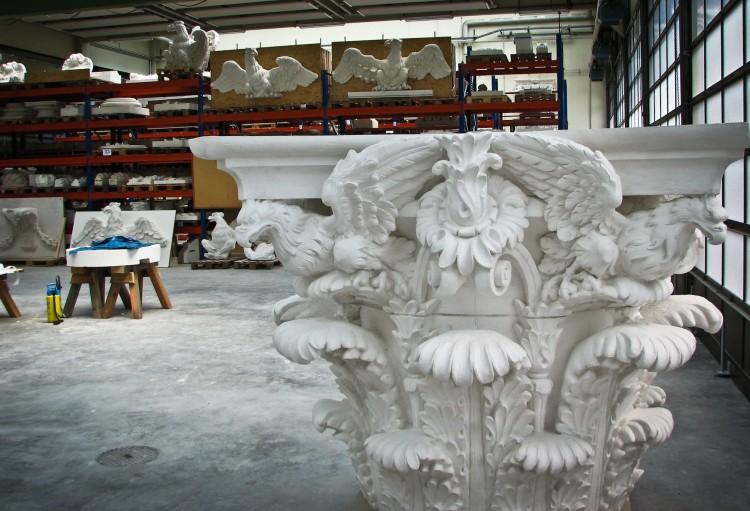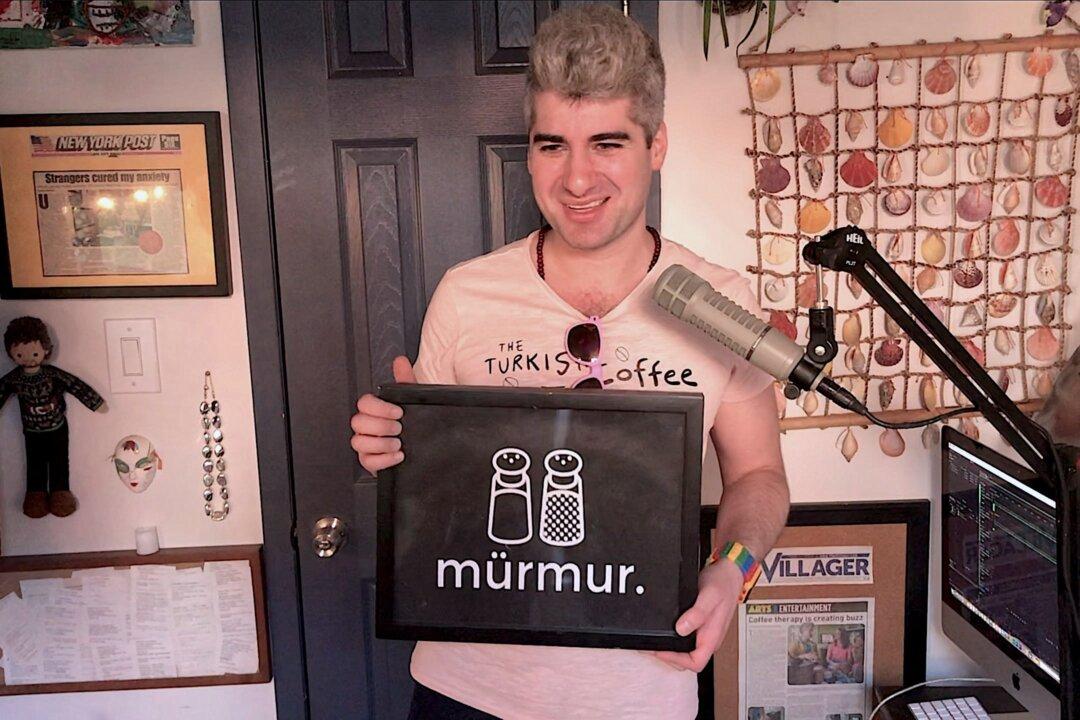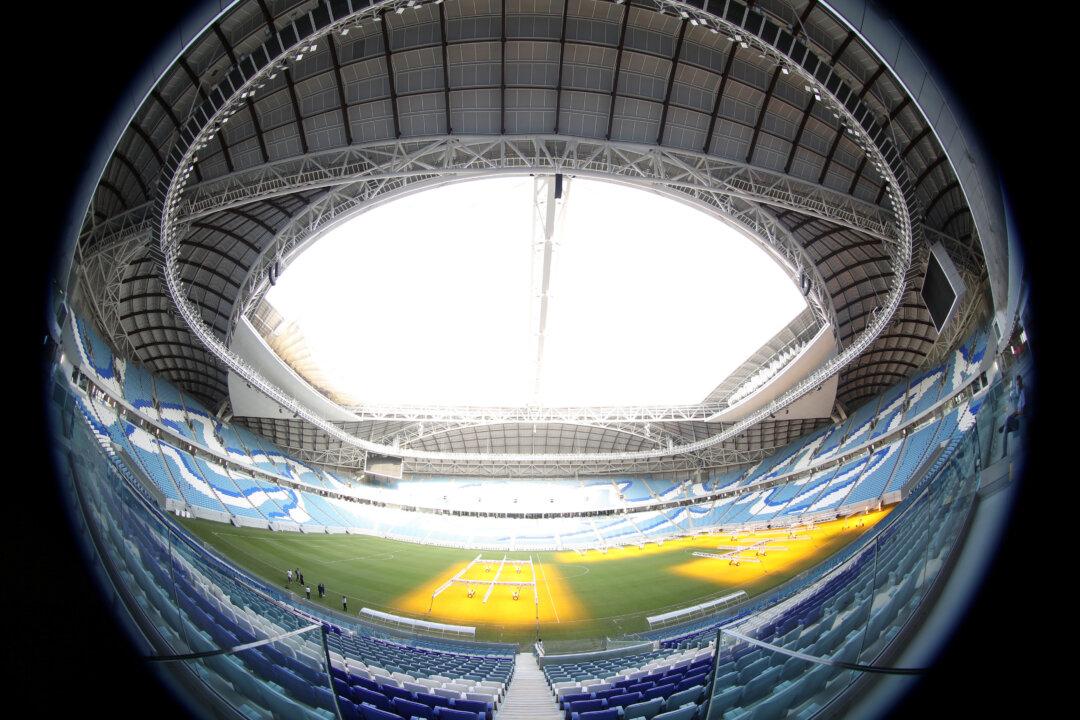BERLIN—Standing in a green field in the cultural heart of the German capital, an Italian tourist desperately looks around, and then points at a concrete wall covered in graffiti. “Is that the Berlin Wall?” she asks.
Indeed, this was East Berlin, but the infamous wall was somewhere else. What used to stand at this site, however, was a more impressive attraction. It was once the city’s most iconic, and cherished, landmark—the Berlin City Palace.
The Berliner Stadtschloss, as its called in German, was home to Prussian kings and German emperors, and served as a residence from the 15th century until the end of World War I.
For five centuries the palace was not only a central part of Berlin’s identity, but it also served as the focal point of its architecture, with the city center’s ensemble of historical building and main avenues growing up around it for over 500 years.
With its approximately 12,000 rooms and 250,000 square feet floor space, it stood four times the size of the White House. The palace was also one of the finest examples of Baroque architecture in Northern Europe.
In 1950, it was destroyed by the East German communist regime.
Even though the building was heavily damaged during World War II, the palace’s structure remained intact and could have been restored, like many other buildings were in Europe after the war.
However, communist party chief in East Germany, Walter Ulbricht, ordered the palace leveled in 1950 to make space for a grand square for military parades in the heart of Berlin, following the example of Moscow’s Red Square. He ignored all protests, even from within the party. Due to the thickness of the walls, up to 10 feet, the demolition process took 10 months.
Over half a century later, the palace is being rebuilt entirely from scratch, in a massive, ambitious project to restore it to its former grandeur.






